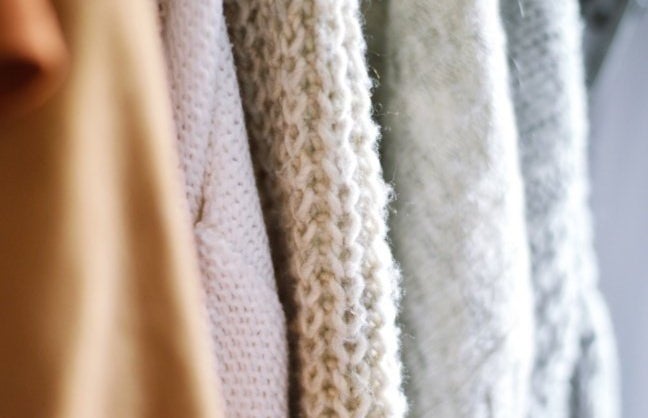Who’s Brandy and why did we all want to dress up like her? A question that always pondered through my head as I tried to desperately find a cute graphic tee in my size being well aware of their “one size fits all” sizing. The famous yet mysterious clothing brand Brandy Melville made you want to dress up as “the girl next door.” The brand purposefully used creepily studied tactics to inspire you to buy a ribbed white tank top for $27 in a store inspired to look like a cool hangout place in California, accompanied with a distinctive sweet aroma.
The highly anticipated and unexpected MAX documentary about the Malibu inspired brand, Brandy Hellville & the Cult of Fast Fashion, immediately caught my attention after living through the peak of the brand itself when I was a teenager.
The documentary immediately features an ex-employee reminiscing about how Brandy caught her eye: the classic star necklace choker. Sadly I too owned a cheap silver star choker when I was a sophomore in high school, grasping to the fact that I owned something from Brandy. The film exposes the brand by telling experiences from ex-employees (who were all teenage girls when they worked there) and former higher executives. For those who are unaware, Brandy Melville’s CEO is Stephan Marson, who was 30 years-old at the brand’s peak from 2012 to 2017. Marson also ran the brand’s famous Instagram which led them to gain millions of followers after posting photos of normal teenage girls sporting their clothes. This helped curate the Brandy lifestyle every girl wanted to experience. PR unboxings from influencers such as Summer McKeen, Hannah Meloche and Ellie Thumann.
The Brandy obsession seemed to have started around 13 for teenage girls who became loyal customers to the brand. Thirteen, the age when girls start to figure out not only who they are, but also their style. The documentary revealed that if you were a loyal customer, skinny, white with either blonde or red hair with good style, you were a shoe-in to be hired to work at one of their flagship stores.
Former employee Willow, who was hired to be a photographer for them at 16, mentions how the brand was a mess behind the scenes. Willow knew deep down that the brand was unusual from the very beginning. Though Willow wanted to photograph girls with unique features, Marson had a strict and precise preference when it came to models.
There was a spoken agreement that Marson wanted to hire only young pretty girls and all of the employees were aware of it. Former employees revealed that Marson was very racist and he made minorities work behind the register or in the back stockroom, out of sight of customers. At this point of the documentary, I felt myself fuming in my pajamas. What made things even worse is how employees never stood up for their coworkers or even worse, for themselves.
Blinded by the mediocre long sleeve tees that made any girl look like they were fresh out of Stars Hollow from hit tv show Gilmore Girls, there was even a bigger issue that the documentary barely scratched the surface of: the dehumanization of garment workers. Briefly shown in the documentary was women in Ghana holding 50 pounds worth of second clothes in packages on their heads to move to different areas for work. Brandy’s signature striped cropped tops were littered throughout the second hand mountain of clothes.
With the speed of fast fashion and producing products for consumers to keep up with short lived trends, garment workers pay the price of working for minimal to non-existent wages in inhuman conditions.
Living in a generation that is so big on calling out brands that don’t represent who we are, Gen Z has had a hard time giving up on Brandy Melville once and for good.
If fashion is an identity, then Brandy Melville knows exactly how to build one.


